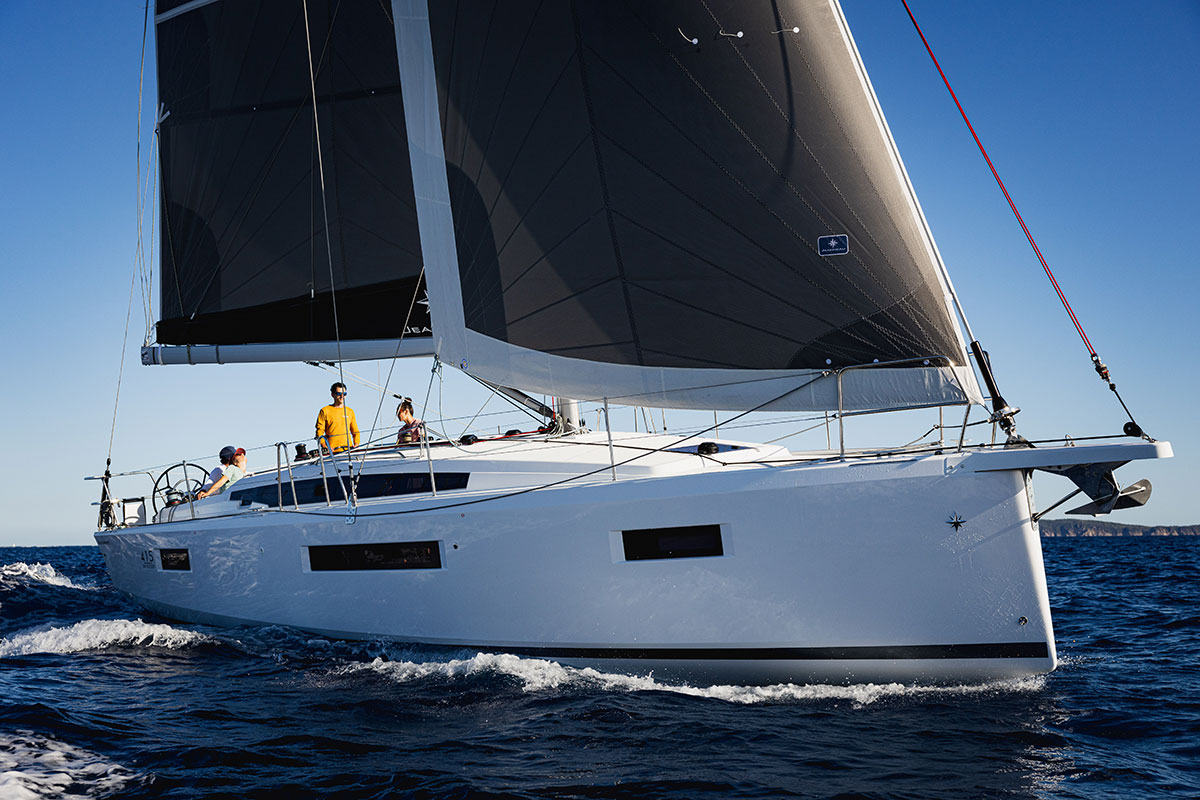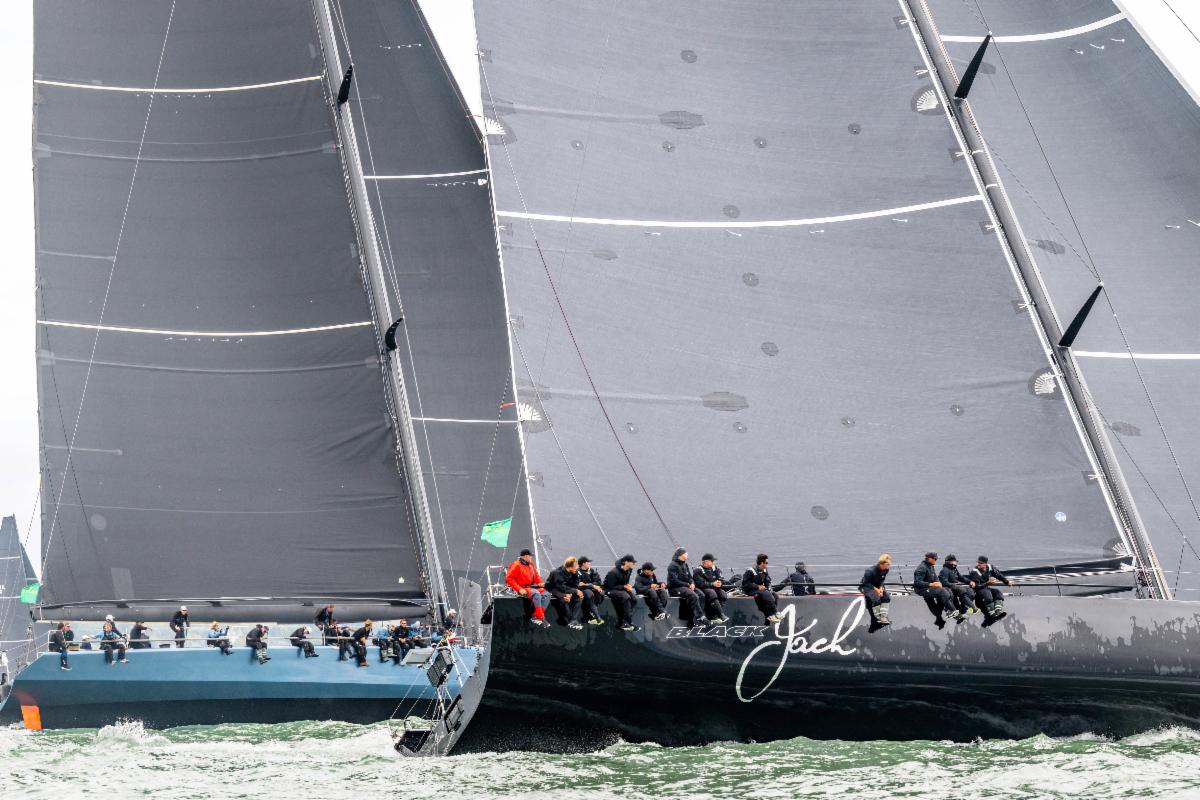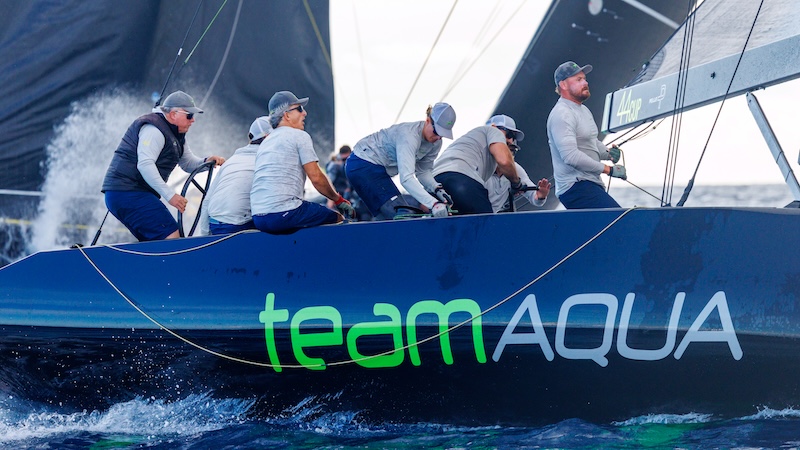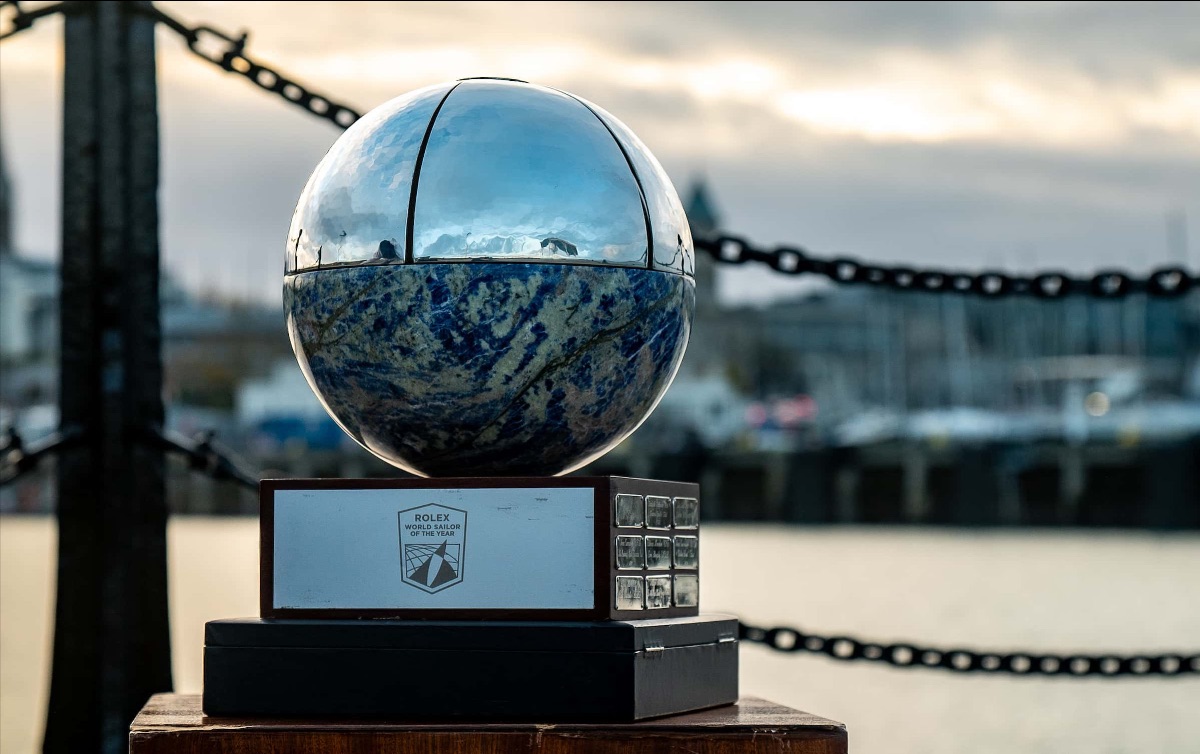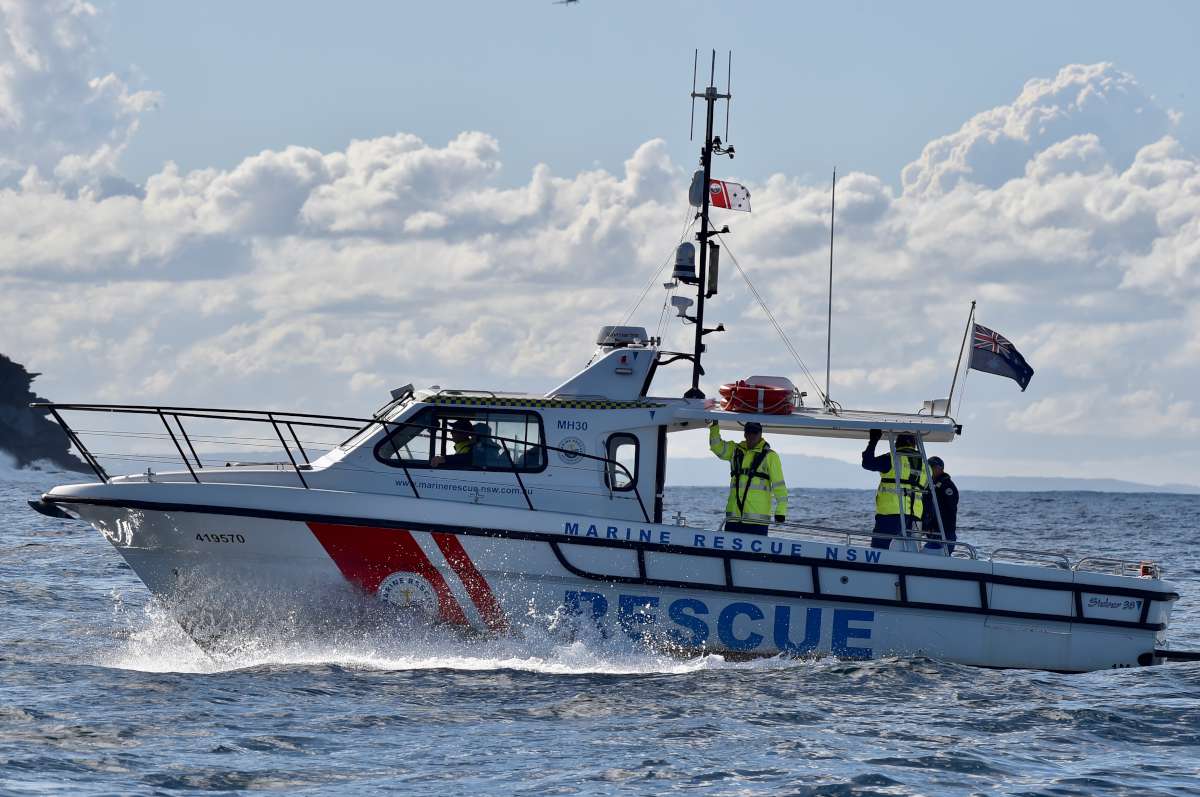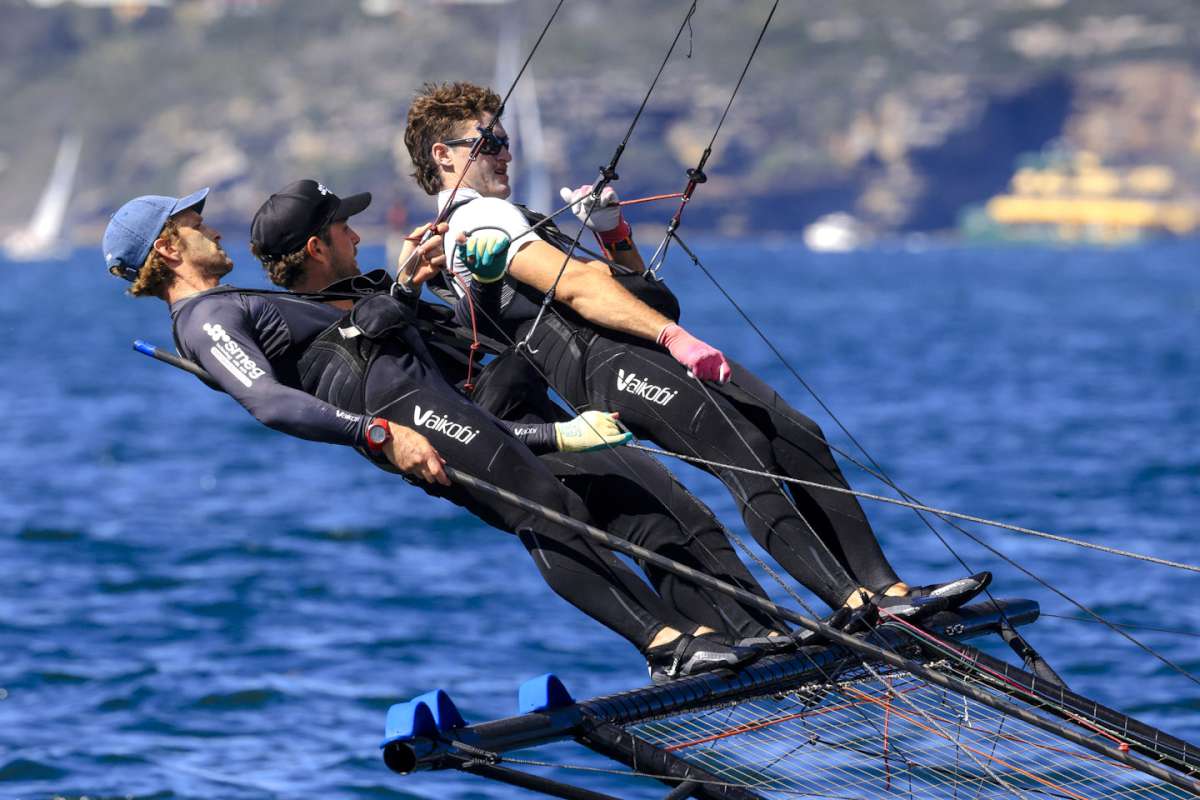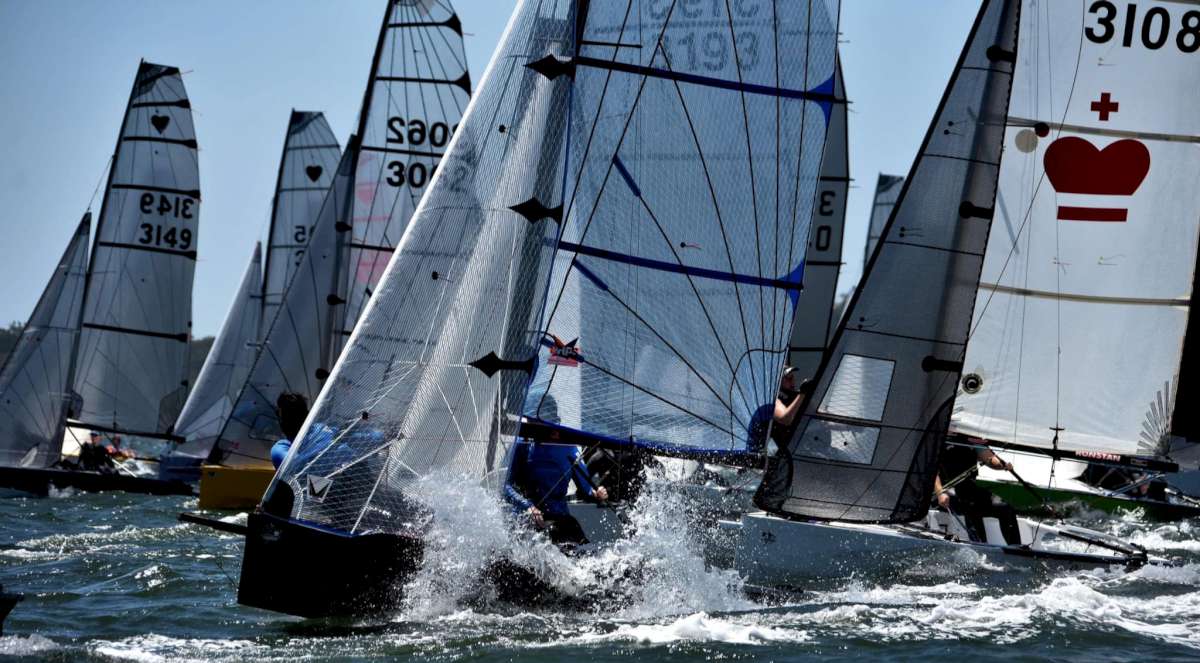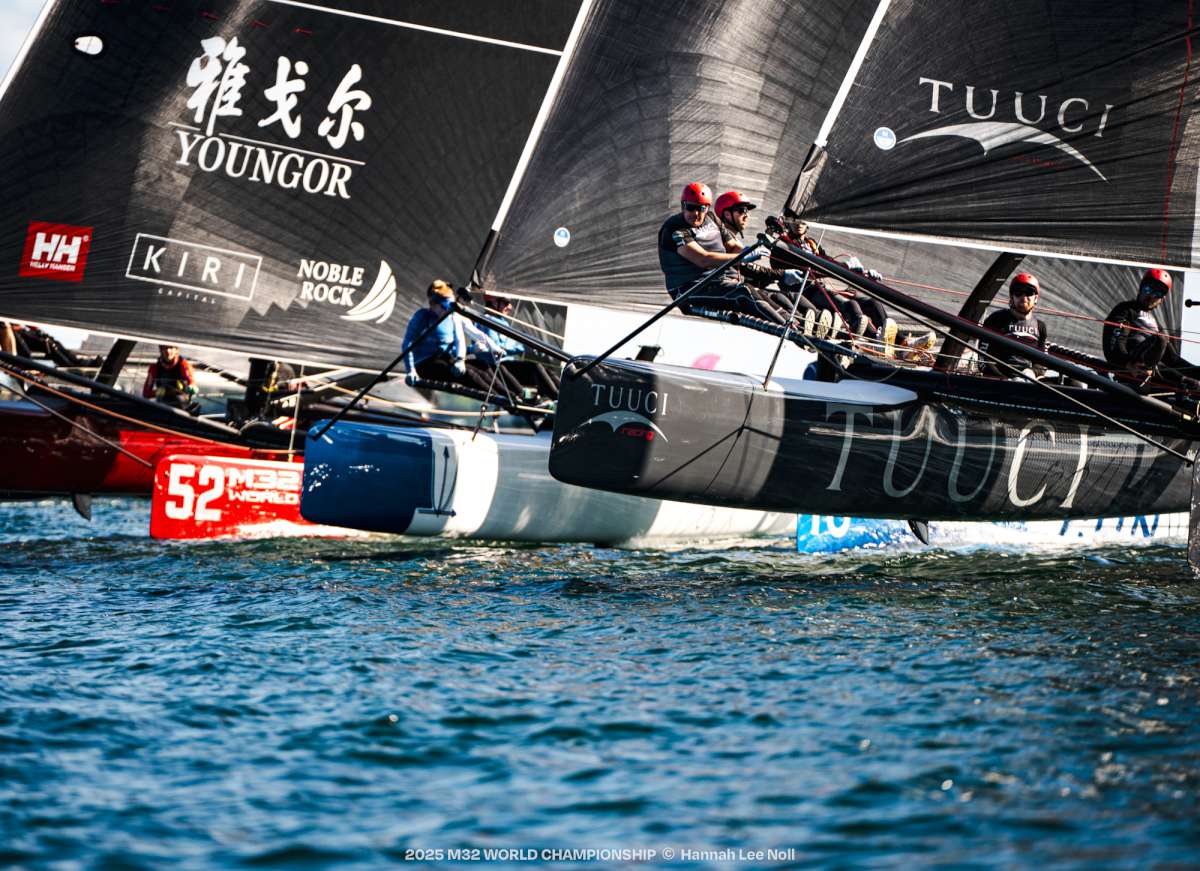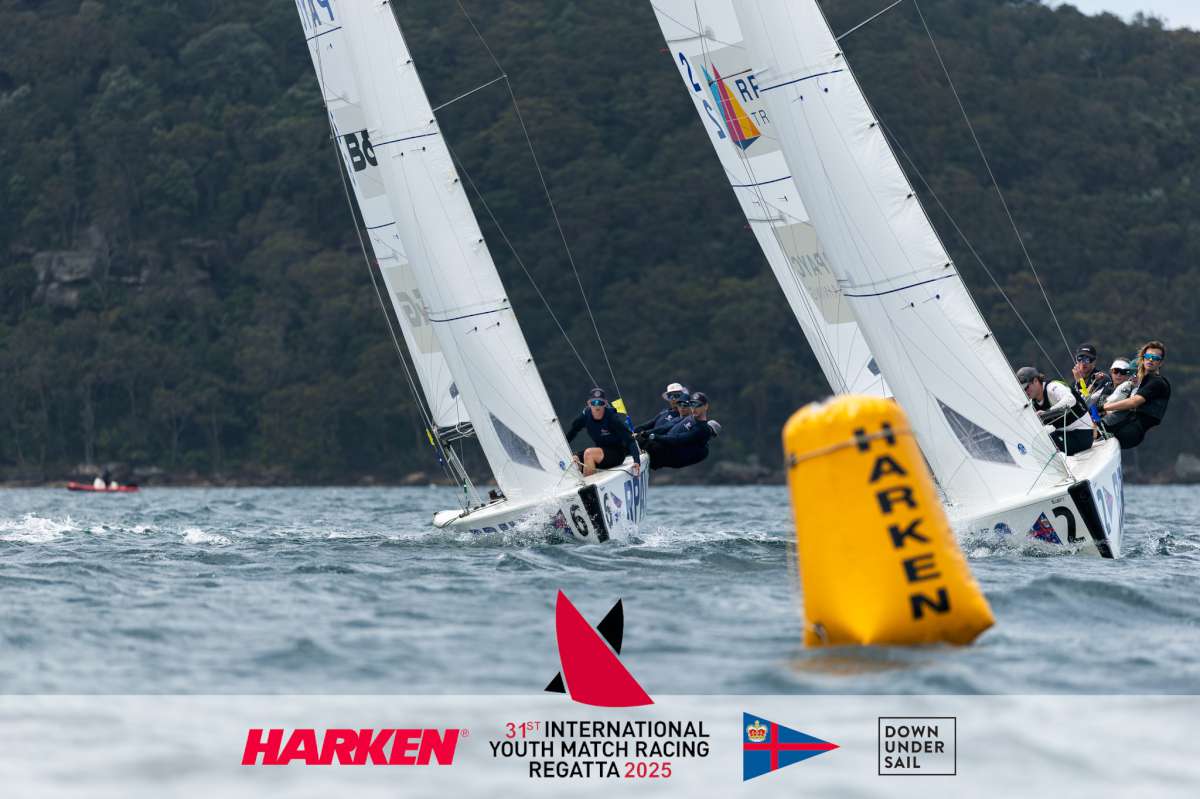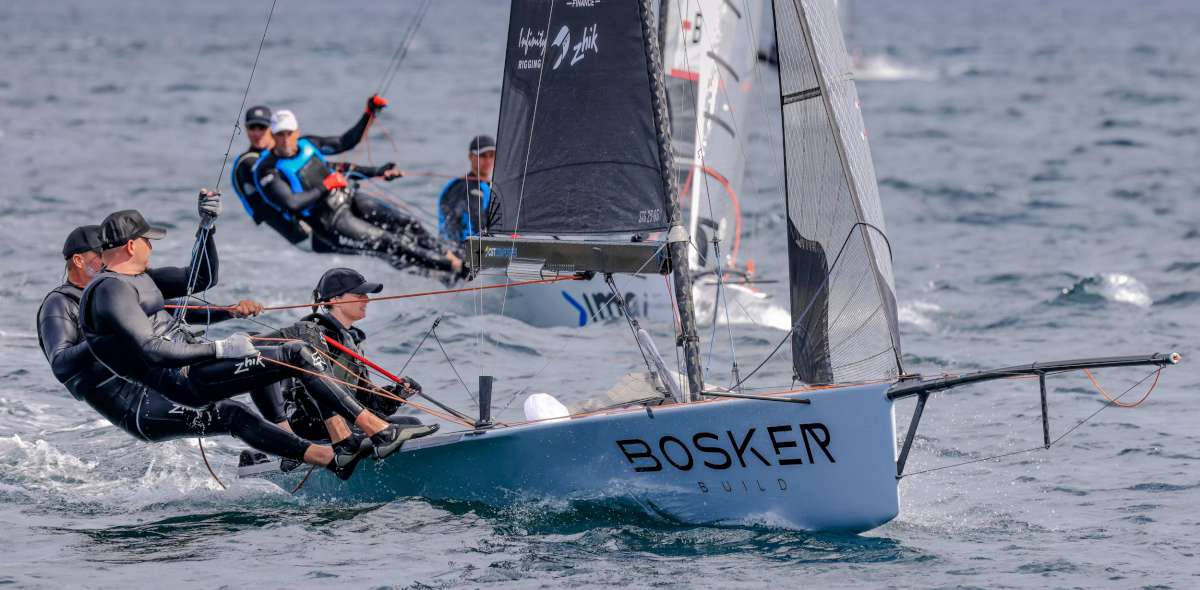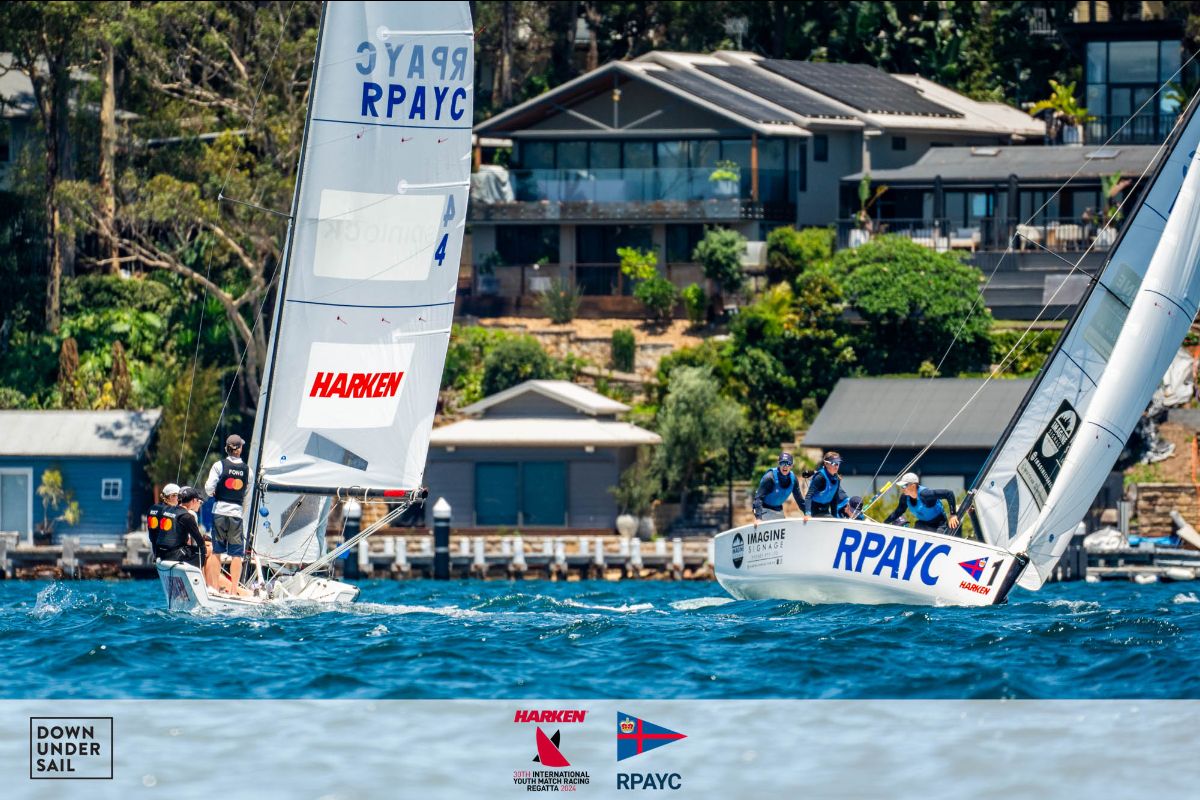The most common question we get asked at Eco Boats is from boat owners who are trying to find out if it would make sense to replace the petrol or diesel motor in their boat with an electric motor.
The answer to the question as to whether an electric motor is right for your boat is different for each boat and each owner, how the boat is used and what the performance and range expectations are. You could write a book if you wanted to cover every aspect of the decision-making process that precedes converting your boat to electric. But, without going into too many specifics, it is easy to outline a few recurring themes that apply to everyone.
We have outlined the most common decisive factors for you in this article.
Hull types, speed and range
Generally, speed is the biggest limiting factor when talking about electric propulsion for boats. To push a boat through the water fast at say ten knots, or to bring a hull up to planing speed at say 15kn to 20kn, requires exponentially more power than to go slowly at 4kn or 5kn.
Any small to medium size boat, up to ten metres long and five ton, can be quite easily brought up to a speed of 4kn or 5kn with relatively little energy required to maintain that speed. This is called displacement speed. Many boats are designed to only go at slow speeds; think old wooden designs, most sailboats, old ferries, tugboats, rowboats, most dinghies and tenders. We call this type of boat hull a ‘displacement hull’.
Speedboats have a different hull shape that is designed at higher speeds to lift themselves up onto its own bow wave and rise up out of the water to skim across the surface. These are called planing hulls and they can travel at both displacement speed when going slow and at planing speed when going fast. Think water-skiing, fast tinnies and all modern speedboats.
However, to get a boat up to that much faster planing speed, exponentially more energy is needed. If you can make a boat go 5kn with a ten horsepower (7.5kW) motor, you do not simply need three times that to go 15kn; more likely you will need a 90hp (67kW) motor or even more to get there. That is why you often see small speedboats with enormous outboards of 200hp (150kW) or more on the back, all this energy is needed to maintain this high speed.
For electric-powered craft in combination with speed, on-board energy storage is the next biggest limiting factor.
Even the best and most expensive batteries available today contain relatively little energy compared to fossil fuels, such as petrol and diesel.
For this reason it is technically difficult and expensive to have an electric speedboat.
Yes, there are electric speedboats out there and sometimes it is the only way to go. For example, on some freshwater lakes in Europe it’s simply prohibited to use petrol engines, so if you are a millionaire living on one of those lakes and like to go water-skiing then by all means you could get yourself a high-speed electric boat. However, the cost of systems and batteries will be astronomical, you will need access to shore power to recharge and the range/running time will still only be a fraction, think 60 minutes at top speed, of what a comparable petrol-powered speedboat can offer.
For this reason, here in Australia we could say that an electric speedboat is not economically viable: too expensive and too many limitations.
Therefore, at Eco Boats, we focus on the type of boat hulls where it does make sense to use electric propulsion: i.e. displacement hulls. For the remainder of this article we will only be talking about applications for displacement boats that travel slowly.
What speed?
Now that we have learnt that it takes exponentially more power to push a boat through the water it will come as no surprise that the same applies to slower travelling speeds.
To explain this in a bit more detail lets look at a basic example of a mid-size, traditional sailing boat fitted with an eight kilowatt electric inboard motor:
-
boat design: international metre class
-
construction: timber
-
length of waterline: 9 metres (29 feet)
-
displacement: 8,000 kilograms
In the table on page 29 we see the amount of energy the electric motor consumes from the batteries measured in kilowatts (kW) and the speed the boat travels at in knots. It only takes 1,000 watts (1kW) to let this 8,000kg boat travel at a speed of 2.6 knots (almost 5km/hr).
One thousand watts equates to roughly the same energy used as ten bright domestic lightbulbs, so it is not bad that you can push such a big, heavy boat at 5km/hr with the equivalent energy of 10 lightbulbs.
But something interesting happens when we want to go a little faster.
If we now push the throttle forward and use 4,000 watts (40 lightbulbs) would it not it be nice if the boat was going four times as fast? Unfortunately this is not the case, we are now using 4,000 watts but going 5.7kn, approximately 2x faster. So there is a lot of energy being used that does not translate to higher speed, this energy is lost due to overcoming friction from the water plus creating ripples and small waves.
If we now keep pushing the throttle forward we see this effect become even more dramatic, as we increase the energy consumption from 4,000 to 6,000 watts the speed we gain is only 0.8 knot extra. If we keep pushing the throttle forward
all the way to top speed it gets even worse as now we are using 8,000 watts and the boat is maxing out at 6.7 knots, only 0.2 knots extra.
If we put this information in a graph (figure 1) we can clearly see the exponential relationship between energy consumption versus speed. The graph makes it easy to see that the boat of our example has a ‘sweet spot’ between 4 and 5 knots of speed. Going anything faster than that we see the blue line starts to flatten out around 6 knots and the boat simply does not go much faster; it has almost reached its theoretical hull speed.
In the case of electric boats, to travel at maximum speed (hull speed) means the boat requires so much more energy it is not sustainable for long periods as we would struggle to fit enough battery capacity on board. Even for petrol and diesel powered boats it is not sustainable to go at top speed all the time; that is why, when talking about boat speed, we commonly talk about cruising speed and top speed.
The workings of this example are applicable to each and every displacement hull, regardless of its size and weight the graph will have pretty much the same shape. It will even be the same regardless of what type of motor the boat has, it has nothing to do with the boat having an electric motor it is the same for boats with a diesel motor or petrol motor; to make the boat go a little bit faster the hull requires exponentially more power.
This is because the boat is trying to come up to its own bow wave but, because the hull shape does not allow for it to come up to the plane it will perpetually travel at an angle, i.e. bow up/stern down, creating more and more waves as it goes faster.
Even if you would put an extremely powerful engine in a displacement hull, it will not go faster it will just make bigger waves. A good example of these are tug boats seen in working ports. With its enormous engines and relatively short length a tug creates massive bow and stern waves, even at relatively low speeds.
There is a direct relation between the length of the boat and its hull speed, this has been known for centuries and it is one of the fundamentals to calculations around ship design, boat speed and range. Naval architects have come up with a basic rule to calculate the relation between the length of the boat and the expected maximum speed it will travel at: hull speed is expressed as 1.34 x the square root of the boat’s waterline length in feet.
Our sailboat example has a waterline length of 29 foot so, theoretically, it should be able to sail at a speed of 1.34
x 5.38 = approximately 7.2 knots.
Now that we know that the speed the boat is travelling at has a direct relation to the energy it consumes we can understand that the range the battery bank can offer is also directly related to the boat speed. Our example boat is fitted with a 48 volt battery bank that offers 15kW/hr of usable energy. The slower the boat travels, the longer the range.
In the above example, travelling at 2.6 knots, the motor would be able to run for 15 hours covering a range of 39 nautical miles. If travelling at full speed, the motor would only be able to run for less than two hours, covering 2 x 6.7= 13.4nm; only one third of the range at the slower speed.
The rule of thumb with displacement boats is that they travel most efficiently at speeds up to 60 per cent of the boat’s theoretical hull speed. For our example boat that would be: 0.6 x 7.2 = 4.3 knots.
At that speed the battery bank offers a decent range of about seven hours running time or 30nm. This is in line with the cruising speed we can derive from the curve in figure 1.
Many books have been written about what we are outlining above in much more detail and it is well worth just searching online some of the terms used such as ‘displacement hull’, ‘cruising speed’ and ‘hull speed’ to learn more about what these mean for your boat and how it performs.
How much energy required
Now that we have a better understanding of how much energy our boat needs to make it travel at a certain speed we can look at the ways of storing the necessary energy on-board. Here is why this too is different for each boat and each owner.
You can have two identical boats, but one owner might only go out for three hours at a time, pottering around in sheltered waters at low speed, while the other owner might want to take the boat offshore and travel for eight hours at close to maximum speed. One owner might keep the boat at a marina or private jetty with access to shorepower to recharge the batteries, while the other owner keeps their boat on a swing mooring and will need to rely on solar or wind energy to recharge the batteries.
There are so many variables it is impossible to have a ‘one size fits all’ approach when it comes to quoting an electric drive system for a boat.
Generally there are two popular options to store the energy for an electric boat: lead-acid batteries or lithium batteries. Again, there are many books written about the topic of batteries and it would go too far to even try and explain the intricate differences between all the various types of batteries. However, there are basically two options when it comes down to batteries, each with pros and cons.
Lead-acid batteries have been around for over 100 years and are simple, reliable devices that can provide reasonably deep discharges, are relatively cheap and virtually maintenance free. However they are big and heavy compared to lithium batteries of the same capacity and they do not like to be left sitting empty after use, which will drastically cut short the lifespan. Good quality deep-cycle lead-acid batteries, if treated well, can offer up to 600 or 700 charge-and-discharge cycles and will generally die of ageing after six to eight years regardless of the number of cycles.
Lithium batteries are technologically advanced, often microcomputer-controlled devices that can provide extremely deep discharges, are exponentially more expensive than lead-acid batteries and can, in some instances, require advanced monitoring and maintenance skills. However, the size and weight is generally less than half of a lead-acid battery of comparable capacity and they do not mind sitting almost empty after use with no ill effects on overall lifespan. Good quality lithium batteries can offer up to 3,000 charge-and-discharge cycles and will generally die of ageing after eight to 15 years regardless of the number of cycles. The ultimate life of lithium batteries is still not well known because it is a relatively new technology with few lithium batteries in the field that have been installed more than ten years ago.
Deciding what battery type would be best for your boat again depends on the type of application, usage, budget and other factors. For example, to replace a small 3hp petrol outboard on a dinghy, it would not be feasible to have a big, heavy bank of lead-acid batteries onboard, so luckily there are practical and affordable products such as the Torqeedo Travel 1003 that come with a lightweight click-on-top lithium battery. The battery has its own in-built smart monitoring and charging system making it extremely user-friendly. It is also designed for use in the marine environment so the whole unit is waterproof and it can be simply recharged at home or on board.
Now if we have a four ton traditional wooden sailing boat, kept at a marina and used for day-sailing on sheltered waters, then we replace its diesel engine with a Bellmarine Drivemaster Ultimate, it is probably more sensible to use lead-acid batteries. The weight of the new set-up, with small and light electric inboard and medium size lead-acid bank, is about the same as that of the heavy old diesel engine along with its fuel tank and lead ballast from the bow that was used to counterbalance the weight of the motor aft. This type of boat weight is not really an issue and because it can be plugged into shore power the lead-acid batteries should last many years.
For a lightweight racing yacht or multihull, where space and weight is a crucial factor, one might be more inclined to install a large lithium battery bank if the budget allows for it.
One decisive difference between lead-acid and lithium batteries is the overall number of cycles the batteries will offer. For a recreational boat owner who goes out twice a month that would equate to less than 200 trips over an eight year period, well within the natural lifespan of both lead-acid and lithium batteries.
For a commercial operator running a charter business seven days a week they will have clocked up enough trips to wear out a lead-acid battery bank in less than two years. The commercial operator will have to replace the lead-acid batteries perhaps up to four times in an eight year period, so in this example it will actually be cheaper to use lithium batteries because they offer so many more cycles over a similar natural lifespan.
Add to that the additional benefits of lithium such as the smaller size and light weight, extremely deep discharge ability, etc. so there are certain applications where it is much more sensible to go with lithium batteries.
Recharging method
When it comes to recharging the batteries onboard, there is again no one-size-fits-all approach. When the boat is kept in a marina with access to shore power, or kept on a trailer where it can be charged at home, that would be the quickest, cheapest and most reliable way to charge the batteries after each use.
The Australian Government has a clean-energy offset scheme that allows you to add clean energy to the grid to the amount used to recharge your boat, making it truly carbon-neutral: www.greenpower.gov.au.
If the boat is kept on a swing-mooring it is a little more challenging to recharge the batteries. When working with lead-acid batteries they should not be discharged anywhere below 50% of nominated capacity to prevent wearing out too quickly, remember that lead-acid batteries do not mind a deep discharge, but letting them sit empty even for short periods of time will drastically shorten the lifespan. This is less of an issue with lithium, which are more suitable for situations solely relying on solar or wind-generated power to recharge the batteries after use.
With lead-acid batteries some energy is lost in the charging process, around 15% to 30% depending on battery type, but with lithium batteries this is negligible.
This difference can be significant when you have a limited recharging source such as solar or wind.
For sailboats that travel long distances at relatively high speeds, like cruising multihulls, the batteries can be recharged by means of the propeller free-spinning when the boat is under sail. The electric motor then acts as a powerful alternator that feeds energy back into the batteries. This only works at higher speeds, consistently 6kn or more during long ocean passages and cannot be relied upon by weekend sailors.
When there is no access to shore power or insufficient sun, a small generator can be brought on board or permanently fitted to provide an additional means of recharging the batteries.
If the generator is running in conjunction with the electric motor this is called a ‘serial-hybrid drive’.
This should be used only as a means to extend the range and is not suitable to gain higher speeds.
Some boats have a large diesel engine as main propulsion system, with a small electric motor coupled onto the propeller shaft so the craft can run electric at low speeds and when manoeuvering inside a marina. This a called a ‘parallel hybrid drive’. Particularly for larger boats, hybrid solutions tend to be more expensive and complicated than a full electric drive or conventional diesel drive and therefore not viable for most recreational boat owners.
Cost comparison
Generally for recreational boats, the conversion of combustion engine to electric drive system should not be done from a cost-saving perspective. But it is true that you will not have to purchase diesel or petrol anymore and electric motors are virtually maintenance free, plus the initial investment will be similar or higher than that for a comparable combustion engine.
But for most recreational users the reasons to go electric are different; such as no noise, no fumes, no oil leaks in the bilge, no more flammable petrol on-board, low-maintenance and a generally much cleaner and more liveable interior inside the boat. Sailors get the same quiet experience with the electric motor as when under sail and, of course, there is zero pollution into the waterway and, if recharged with solar or green energy, zero pollution into the airways too.
Maintenance and technical aspects
Electric motors themselves have only a few moving parts and are generally maintenance free.
Most electric motors do not require oil changes as well as no lubrication or drive-belt changes.
Some of the more sophisticated products that rely on lithium battery technology or have in-built electronics can be subject to electrical faults and errors in a similar way to computers and other modern appliances. For users in remote areas this can sometimes pose a problem as spare parts or service partners are not as readily available.
However, with proper planning and a choice of the correct set-up that is well-matched to the requirements and environment the boat will be operated in, this should not be a problem.
Because electric motors are so much smaller, lighter and less complicated than combustion engines, both DIY boaties and professional shipwrights and boat builders will find installing an electric motor generally easy and straightforward. ≈






